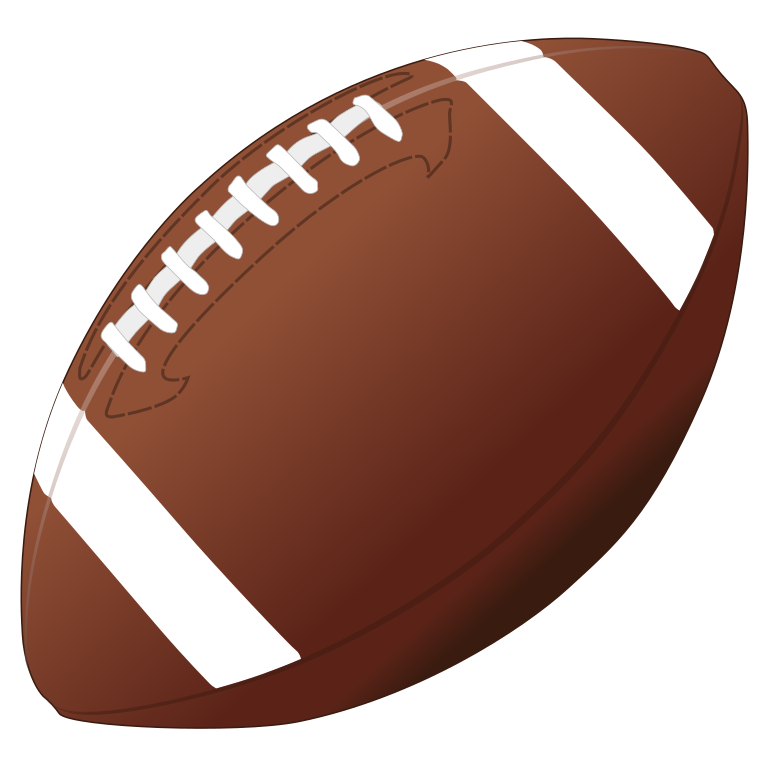Did you know that about 10% of head injuries and about 21% of all traumatic brain injuries (TBI) are caused by sports and other physical activities? According to Nitin Agarwall in his article, “Sports-related Head Injury,” he wrote that there are an estimated 1.7 to 3.8 million total traumatic brain injuries in the United States.
Some symptoms of a concussion could include; recurring headaches, motor dysfunction, sensory changes, loss of consciousness, nausea, high sensitivity to noise or light, dizziness, issues concentrating in school, and other cognitive and speech difficulties. A TBI is usually caused by intense, or vigorous movement or shaking of the brain.
Concussions are crucial to the entire brain. Certain parts especially, “It affects the entire brain. But typically it is going to be the frontal lobe and the back. It is going to be the frontal, parietal, and occipital lobes that they typically will injure more, but some concussions get the temporal lobes as well.” Said the athletic trainer, Reylin Morgan.
Suffering a concussion early at an age is very important to take care of. If a concussion is not treated correctly it can result in many issues later on like brain damage serious neurological damage and CTE. “There are a lot of long-term effects, but memory and behavioral issues are a big thing. Sensitivity to light or noise can also last for quite a while, but big things are memory and behavior issues.” Morgan added. There are also many short-term effects that you should be aware of, including; issues staring at screens, sensitivity to light and noise, nausea, confusion, etc. You may also just feel the need to sleep, but that will be difficult for you due to the constant headaches.
As stated, taking care of your concussion is very important. Treating a concussion is nothing too crazy or difficult. Get good sleep, try to avoid looking at screens for a long time– the basics. The difficulty comes in usually trying to rest or track or even completely avoid any physical activities. Sometimes other concussions are worse than others, so ways to treat your concussion or at least how strict treatment is can vary greatly depending on how severe the concussion is. Reylin Morgan also reported, “Try to live out your normal life as best as possible, it is okay to still look at screens as long as it is not bothering your head. It is more so dependent on what symptoms they are feeling, but it’s pulling them out of any contact or activity until they are back to their normal. But it kind of just depends person-to-person.”
Having the knowledge of a concussion or being able to recognize one is also very important as a student. “You definitely– as a student-athlete– you need to know what the risks are of you playing a sport and getting hit in the head. Getting a concussion is important because depending on how many concussions you have had, you could have those long-term effects.” She also added, “Once you get a concussion once, it is easier to get more concussions after that, and it is going to affect whether you can play sports or not.”
Another thing you should watch out for is your concussion count. At about four-to-six concussions it may be time to go easy on physical activity.
The severity of a concussion has a wide range. It can depend on how many times you have been concussed, how hard you got hit, and what you got hit with, and anything else that was used to mitigate the initial hit. Some concussions can be very severe but some can also be quite mild to the point you might be able to get back to your normal life in maybe a week.
Every concussion is pretty different and you may feel it differently than someone else. “A lot of people think they are just bruises to the brain, and that is not what they are.” Reylin also said, “They are actually where the neurons will get twisted and sheared and damaged, and they are very hard to heal back from.”
A concussion can occur in any sport that you are playing. That is why it is important to watch what you are doing and be careful when doing activities. Sports that claim the highest number of head injuries are football and soccer. Football is known for its brutal game idea and the gnarly hits, as well as being known for the amount of times players have left the field with life-threatening injuries including to the head. Hockey, basketball, boxing, and many other sports also have caused several head injuries.
A way that most athletic trainers, physicians, and professionals will test a player’s mental state with a test involving many questions and different physical exercises. This is known as the Standardized Assessment of Concussion or the SAC. Some teams have also initiated a 25-minute computerized test specialized for sports-related concussions. The software is known as ImPACT.
For the safety of the players, major professionals or any major sports leagues initiate a preseason neuropsychological and concussion tests to test the player’s brain functions and their health and include questions that the players must answer based on previous experiences with concussions. This is done in leagues including the NFL and the NBA.
Chronic traumatic encephalopathy, or CTE, is a serious long-term effect if a concussion is not treated correctly. Chronic traumatic encephalopathy is a continuous and slowly degenerating disease that is usually found in individuals sustaining a high number of head injuries in the past. CTE diseases consist of many cognitive disabilities such as learning disabilities, memory disturbances, and several mental illnesses that also include depression and suicidal thoughts. Symptoms of chronic traumatic encephalopathy are usually found or developed several years after the occurrence of repeated head injuries. Progressive dementia and motor-function disabilities can be a result of chronic traumatic encephalopathy.
Many neurological disorders and long-term effects including CTE and TBI, can be major results of an untreated concussion or repeated brain injuries.




